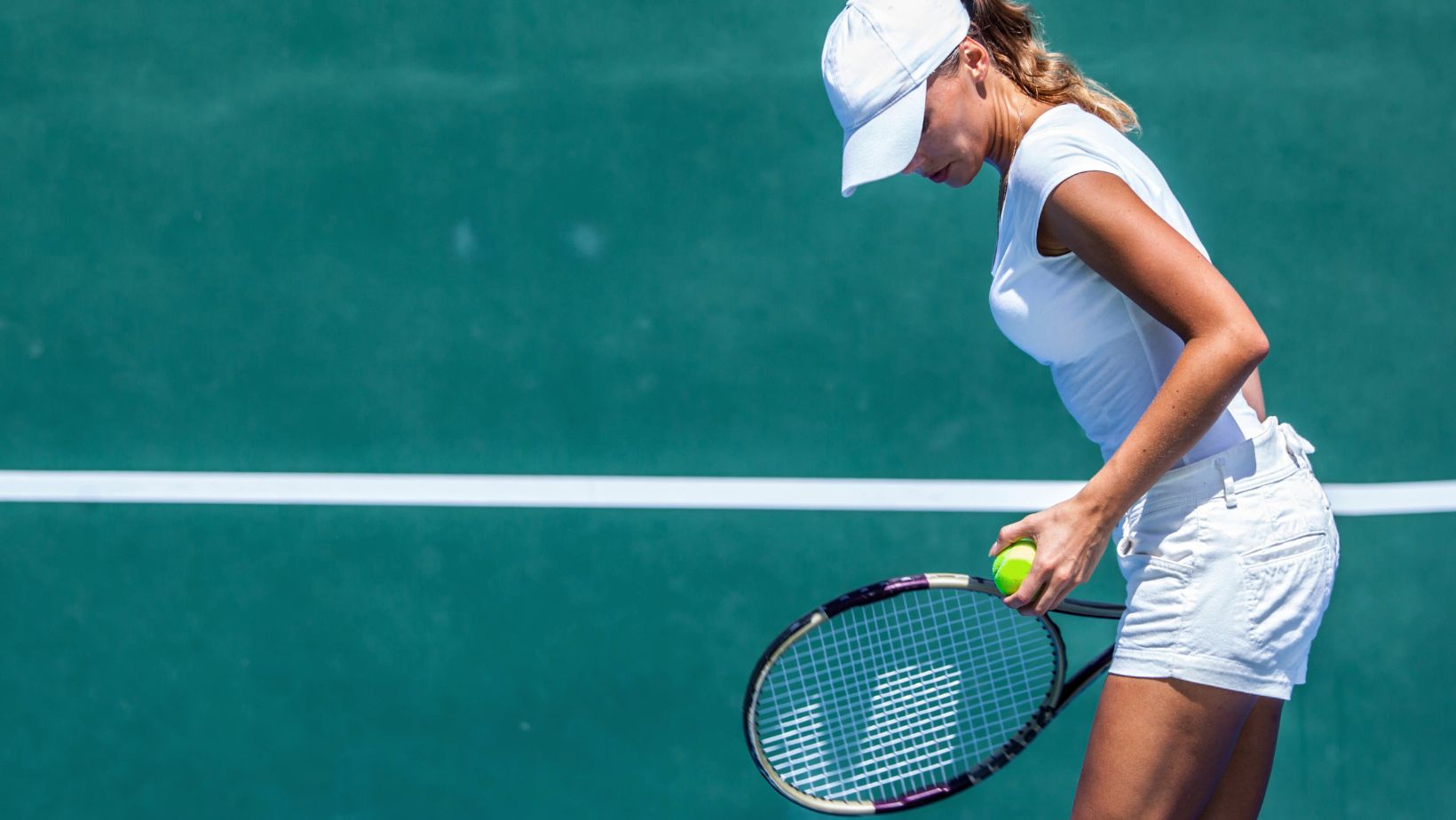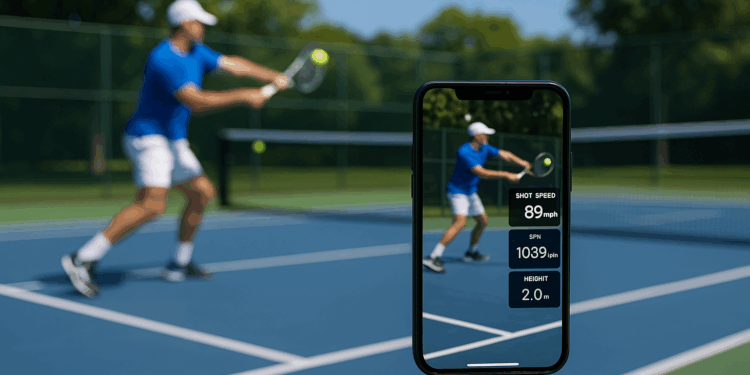In today’s competitive tennis world, data and precision matter more than ever. Coaches, players, and even broadcasters use advanced technology to gain insights that used to require hours of video playback. Artificial intelligence (AI) tools like SwingVision are changing the game. These systems bring real-time stats, shot recognition, and performance feedback straight to the user’s phone.
One unexpected place where similar AI analysis models have found interest is in Aviamasters, where real-time tracking and decision-making mechanisms echo those used in sports tech. It’s a unique parallel that speaks to the broad influence of machine learning.
What Is SwingVision and How Does It Work?
SwingVision is a tennis analysis app powered by artificial intelligence. It uses the camera on an iPhone or iPad to record a match or training session, then breaks down every shot automatically. The AI identifies forehands, backhands, serves, and even faults. It gives players feedback like shot speed, spin type, contact point, and court positioning.

This app relies on computer vision to track ball trajectory and player movement. Unlike traditional video analysis that requires manual input, SwingVision uses machine learning models trained on thousands of hours of tennis footage. The result? Players get near-instant feedback, similar to what pros receive from their coaching staff.
Practical Benefits for Players and Coaches
Whether you’re working on consistency or developing a strategic edge, AI analysis can be a huge asset. Systems like SwingVision offer:
- Shot-by-shot breakdowns: Easily pinpoint unforced errors or missed opportunities.
- Serve analysis: Understand placement, speed, and how your serve varies over time.
- Movement tracking: Visualize footwork patterns to improve court coverage.
For coaches, these tools cut down review time. Instead of sitting through hours of footage, they get clips of relevant moments. That means more time spent coaching, less time editing.
AI also helps compare player stats over different sessions. You can see trends, improvements, or drops in performance.
Use Cases During Training
Many players now bring their phones and tripods to the court. Once a session is recorded, the app processes the video in real-time or shortly after. Here are some specific ways AI tools are used during training:
- Drill Optimization
See which drills lead to better consistency or power. - Technique Correction
Identify issues with form, especially in groundstrokes or volleys. - Pattern Recognition
Understand common habits, like hitting cross-court too often or avoiding the net.
These insights help players adjust immediately rather than wait for post-session reviews.
Tactical Insights and Competitive Edge
At competitive levels, small edges make a big difference. AI systems can offer tactical data that’s traditionally only available through professional-grade software:
- Opponent tendencies: Analyze your opponent’s go-to shots and weak points.
- Pressure situations: See how you perform on key points like break or game point.
- Court positioning heatmaps: Understand where you spend most of your time and how to exploit better angles.
All of this can be tracked without needing a large team or expensive setup.
Key Features That Matter Most
With several AI tennis platforms emerging, it’s important to know what features provide the biggest returns. Here are some that matter most to users:
- Real-time shot tagging
- Cloud-based video storage
- Smart highlights that cut unnecessary footage
- Support for doubles and singles play
- Compatibility with wearable tech
These features create a seamless training loop where you can record, review, and improve without friction.
Limitations and Considerations
While powerful, these tools aren’t perfect. AI might mislabel certain shots or miss nuanced tactical details that only a trained coach can catch. Lighting, camera angles, and phone quality also affect accuracy. That’s why most players use AI as a supplement, not a full replacement for coaching.

Another key point: not every feature is free. Many platforms operate on a freemium model, with detailed stats locked behind a subscription.
Still, even basic versions offer enough to make a visible impact.
What to Look for in a Tennis AI App
Choosing the right tool can be overwhelming. Here are a few practical tips:
- Ease of setup: You should be able to start recording within 2-3 minutes.
- Accuracy of analysis: Look for platforms with a high reputation for precision.
- Data export: Can you share stats with your coach or training partners?
- Support and updates: The best apps are constantly improving.
If you check these boxes, you’re more likely to stay consistent with usage, and that’s where the gains come from.
Final Thoughts
AI systems like SwingVision are turning smartphones into portable coaching assistants. With clear, actionable feedback and intuitive interfaces, they make high-level analysis accessible to everyday players. While not a silver bullet, they offer a serious advantage to anyone looking to get smarter and sharper on the court.
And in a sport where every point counts, that edge can be the difference between a tough loss and a breakthrough win.








